Many years ago we went through a stage of painting on sheets of ice and then pressing paper on the top. Once the paper dried we used it as a fun background to draw on.
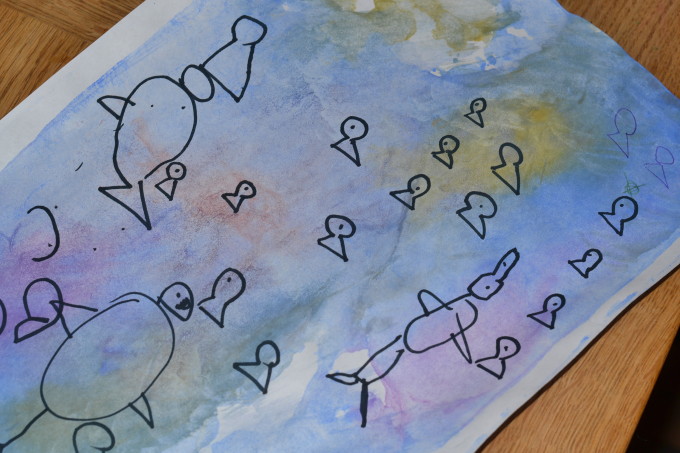
This activity is a little different as we're painting on ice shapes rather than a flat sheet. Ice is actually a very nice medium to paint on as it becomes slippy as it melts, allowing your paintbrush glides across the surface.
First we tried ice letters, I first came across these on The Imagination Tree and have used the letter shaped moulds 100s of times over the years.

The small ice cube towers you can see are a small set of 3 that I froze as normal ice cubes, let melt a little bit, stacked up and put back in the freezer so they stuck together. I think we'll try this again and see how tall a tower we can build.
The next day we painted mini ice castles and stars.
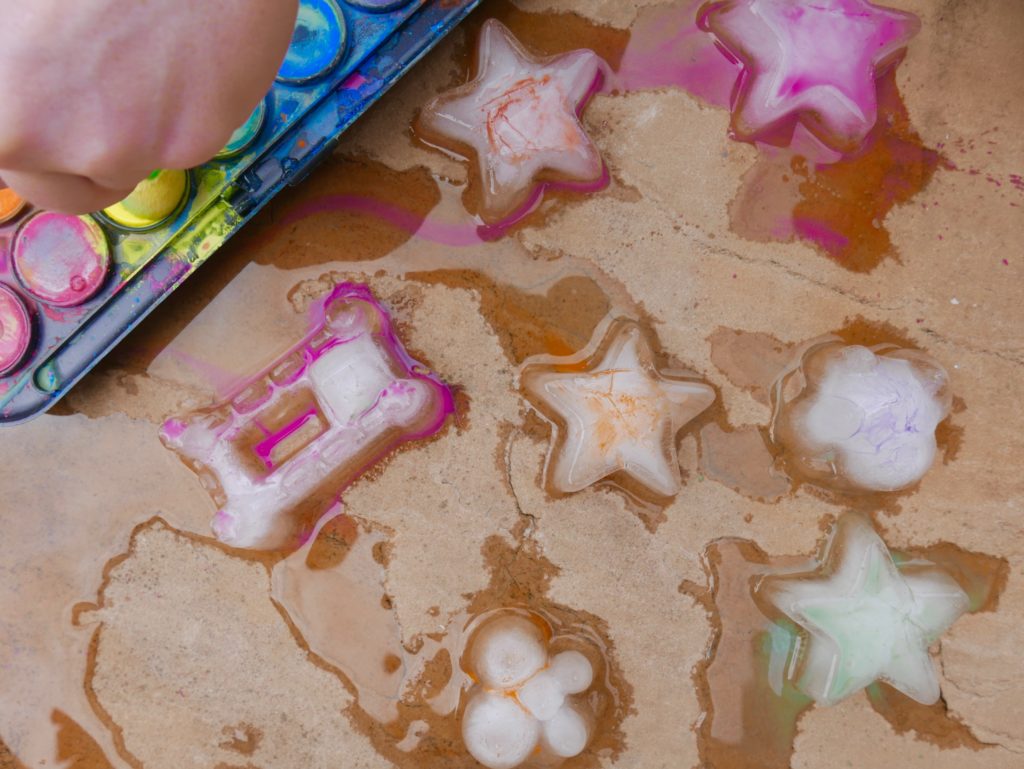
Then we went large, and painted on a giant LEGO brick. I used the lid from a lego storage block for this.

Questions to ask about ice
How does the ice feel? Is it slippy, sticky, slimy?
Does it get harder or easier to paint as the ice starts to melt? Why do you think this is?
Do you know why salt makes ice melt faster?
What happens to the paint as it mixes with the water?
Why does ice feel sticky when you first remove it from the container?
Ice feels sticky, because when you touch it, the ice immediately freezes the moisture in your skin, which makes the cube feel sticky. Always let ice melt a little before allowing children to play.
More Science for Kids
Make slime, a baking soda volcano, drinks dispenser and more exciting science fair projects!
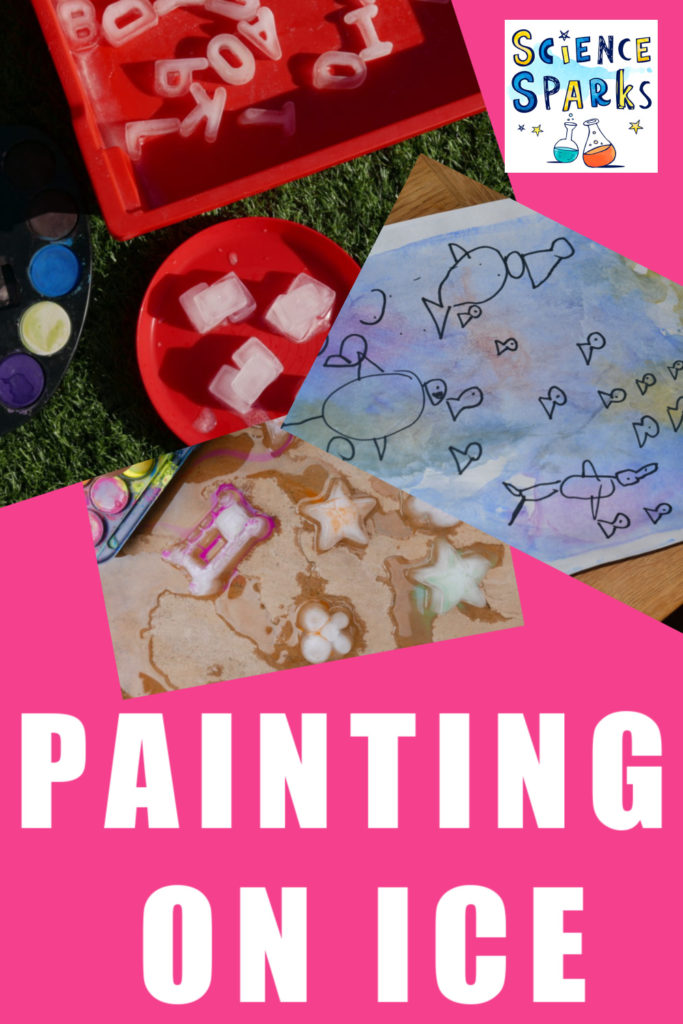
Last Updated on June 12, 2020 by Emma Vanstone

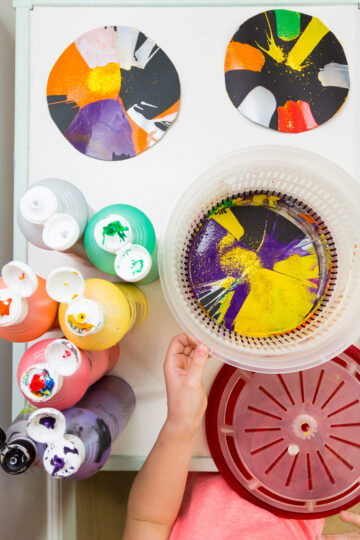
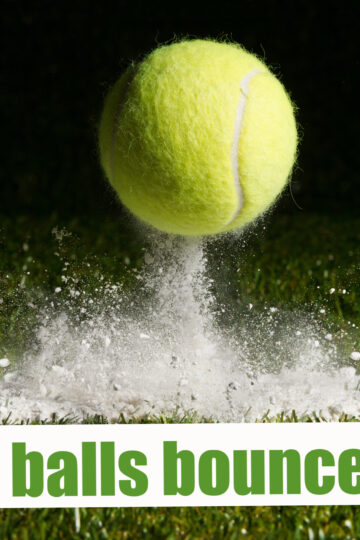
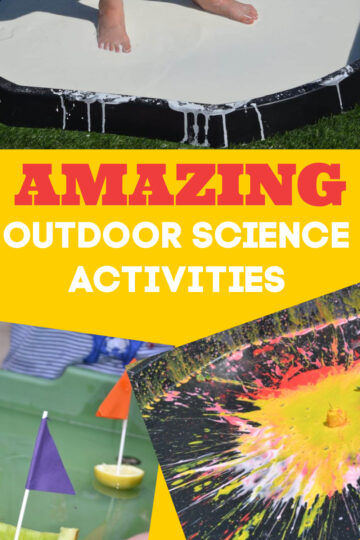
Leave a Reply